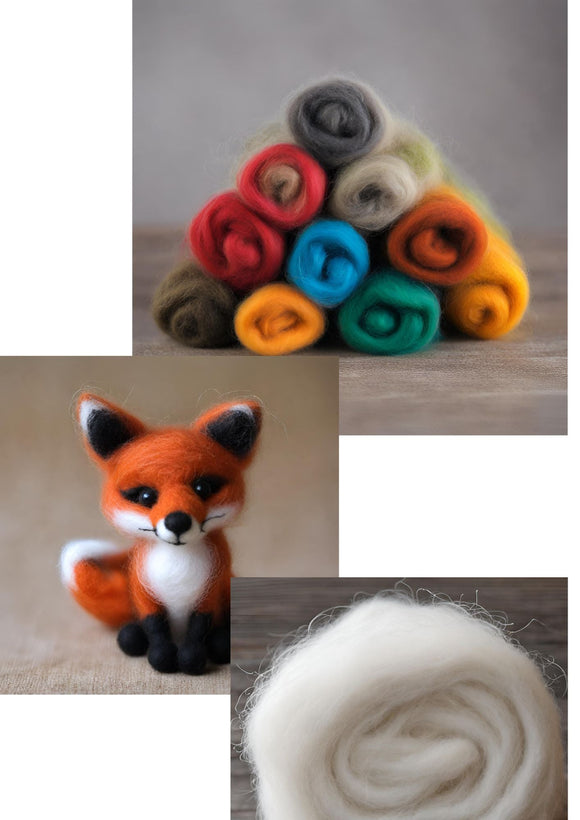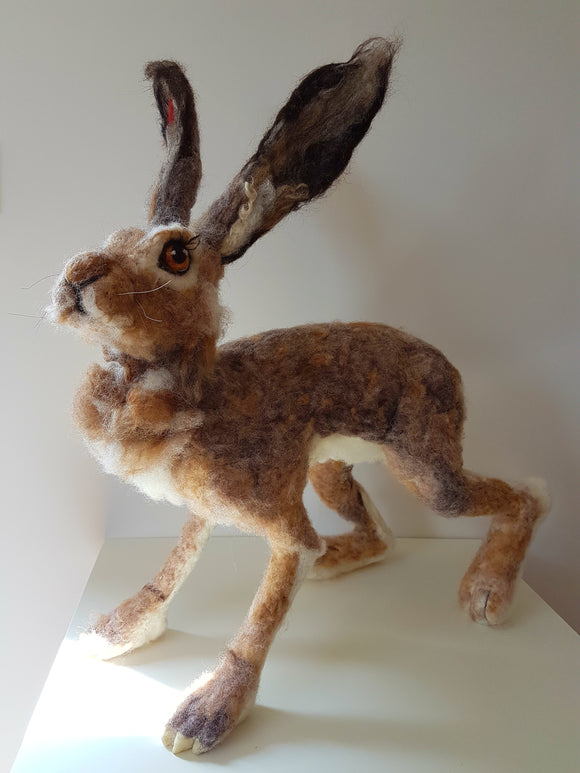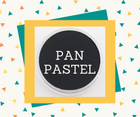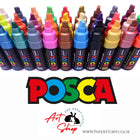Running a Needle Felting Workshop Safely
Angela Park1 comment
1. Plan Your Workshop Agenda
Start by outlining the goals of your workshop and creating a detailed agenda. Determine the projects you will be working on, the skills you will be teaching, and the materials needed for each participant.
2. Gather High-Quality Supplies
Invest in quality easy to felt wool such as carded Corriedale or Perendale, felting needles for each attendee, foam or eco pads, and any other essential supplies you might need with your specific project. Providing participants with the best materials will ensure they have a positive experience and create beautiful felted creations.
3. Create a Welcoming Environment
Set up a well-lit and organized workspace for your workshop. Make sure each participant has enough room to work comfortably and access to all the necessary tools and materials.
4. Offer Guidance and Support
As the workshop leader, be prepared to offer guidance and support to participants of all skill levels. Demonstrate felting techniques, provide individualized feedback, and encourage creativity and experimentation.
5. Encourage Collaboration and Sharing
Foster a sense of community among workshop participants by encouraging collaboration and sharing. Create opportunities for attendees to learn from each other, exchange ideas, and showcase their work.
6. Provide Clear Instructions
Ensure that your instructions are clear, concise, and easy to follow. Break down each step of the felting process and provide visual aids or demonstrations to help participants understand the techniques.
7. Allow Time for Practice and Exploration
Allocate time during the workshop for participants to practice their skills and experiment with different felting techniques. Encourage them to step out of their comfort zones and try new approaches to needle felting.
8. Offer Refreshments and Breaks
Keep participants energized and engaged by providing refreshments and scheduled breaks throughout the workshop. A well-fed and hydrated group is more likely to stay focused and productive.
9. Collect Feedback and Follow Up
After the workshop, collect feedback from participants to learn what worked well and what could be improved. Use this feedback to make adjustments for future workshops and follow up with attendees to thank them for their participation.
By following these expert tips, you can run a successful needle felting workshop that inspires creativity, fosters community, and provides a memorable experience for all participants.












Comments (1)
Thank you well written x